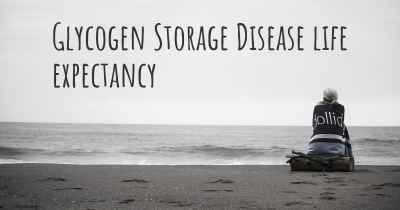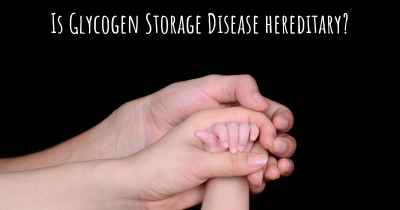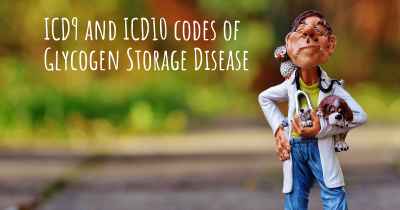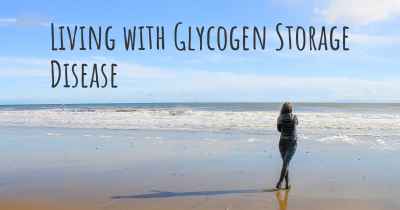How is Glycogen Storage Disease diagnosed?
See how Glycogen Storage Disease is diagnosed. Which specialists are essential to meet, what tests are needed and other useful information for the diagnosis of Glycogen Storage Disease
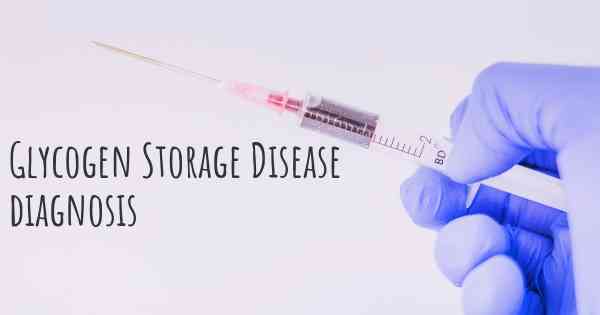
Diagnosis of Glycogen Storage Disease
Glycogen Storage Disease (GSD) refers to a group of inherited metabolic disorders characterized by the abnormal storage or processing of glycogen in the body. There are several types of GSD, each caused by a specific enzyme deficiency that affects glycogen metabolism. Diagnosing GSD involves a combination of clinical evaluation, laboratory tests, imaging studies, and genetic analysis.
Clinical Evaluation
The initial step in diagnosing GSD involves a thorough clinical evaluation by a healthcare professional. The doctor will review the patient's medical history, including any symptoms or signs that may suggest GSD. They will also perform a physical examination to assess for any characteristic features associated with specific types of GSD.
Laboratory Tests
Laboratory tests play a crucial role in diagnosing GSD. The following tests are commonly used:
- Blood Glucose Levels: GSD often leads to low blood sugar levels (hypoglycemia). Measuring fasting and postprandial blood glucose levels can help identify abnormalities.
- Liver Function Tests: GSD can affect liver function, so tests such as alanine transaminase (ALT), aspartate transaminase (AST), and alkaline phosphatase (ALP) are performed to assess liver health.
- Lactic Acid Levels: Elevated levels of lactic acid in the blood (lactic acidosis) may indicate GSD.
- Uric Acid Levels: Some types of GSD can cause elevated uric acid levels, leading to conditions like gout.
- Cholesterol and Triglyceride Levels: Certain types of GSD can cause abnormal lipid profiles.
- Enzyme Assays: Enzyme assays measure the activity of specific enzymes involved in glycogen metabolism. Deficiencies in these enzymes are indicative of GSD. Enzyme assays can be performed on blood, liver, muscle, or skin samples.
Imaging Studies
Imaging studies are often used to evaluate the liver and other affected organs in GSD. These may include:
- Ultrasound: Ultrasound imaging can help assess the size, structure, and abnormalities of the liver.
- Magnetic Resonance Imaging (MRI) or Computed Tomography (CT) Scan: These imaging techniques provide detailed images of the liver and other organs, helping to identify any structural abnormalities.
Genetic Analysis
Genetic analysis is a crucial step in confirming the diagnosis of GSD and determining the specific type. It involves analyzing the patient's DNA for mutations or alterations in the genes responsible for glycogen metabolism. This can be done through various techniques, including:
- Gene Sequencing: Gene sequencing allows for the identification of specific mutations in the genes associated with GSD.
- Gene Panels: Gene panels involve testing multiple genes simultaneously to identify mutations associated with different types of GSD.
- Next-Generation Sequencing (NGS): NGS is a high-throughput sequencing technique that can analyze multiple genes simultaneously, providing a comprehensive genetic analysis.
Confirmation and Differential Diagnosis
Once the clinical evaluation, laboratory tests, imaging studies, and genetic analysis are complete, the healthcare provider can confirm the diagnosis of GSD and determine the specific type. It is important to differentiate GSD from other conditions that may present with similar symptoms, such as other metabolic disorders or liver diseases.
In conclusion, diagnosing Glycogen Storage Disease involves a comprehensive approach that includes clinical evaluation, laboratory tests, imaging studies, and genetic analysis. The combination of these diagnostic tools allows healthcare professionals to confirm the diagnosis, determine the specific type of GSD, and differentiate it from other similar conditions. Early diagnosis is crucial for appropriate management and treatment of GSD.
Posted Mar 1, 2017 by Shelly 1000
Posted Mar 11, 2017 by Pepa 1000
Muscle biopsy
DNA
Posted Sep 24, 2017 by Welton Correia Alves 1000
Posted Oct 14, 2017 by Jakeline Serafim Vieira 1010
